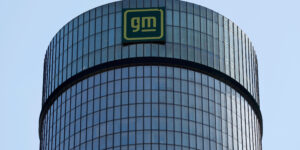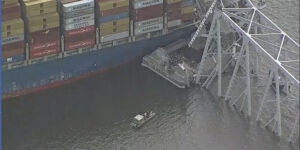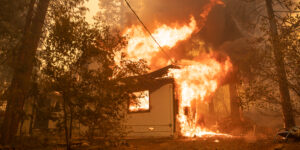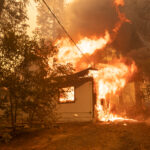Thirty years ago, we had seventeen minutes to escape a fire. Today, we only have three minutes. This is the result of the widespread use of petroleum-based products and furnishings in homes and commercial buildings including for example carpets, drapes, furniture foams, and piping.
Combining this with recent changes in construction including for example the use of manufactured trusses means that fire spreads from room to room much more easily than it did decades ago. If the fire department does not arrive within three minutes of the start of a fire spread, there will likely be a massive loss.
Changes in the material composition of a home or building are one of many factors in the risk assessment of a property. This is just one example of why accurately assessing non-weather fire risk and the resiliency of the property is paramount for insurers. Traditional methods of risk assessment often fall short in capturing these nuances.
Assessing resiliency at the property level is a complex endeavor. Factors such as proximity to fire stations, type and composition of building materials, and structural characteristics all play a critical role in determining the likely severity of a fire-related loss. However, obtaining accurate and up-to-date data on these variables can be difficult. Outdated techniques and incomplete datasets can lead to inaccurate risk assessments, resulting in higher insurer expenses and loss ratios.
Fire Resiliency™, a new solution from CoreLogic® which provides insurers with unprecedented insights into fire risk at the property level, addresses these challenges head-on by leveraging advancements in AI technology that now allows for the use of comprehensive datasets of structural property characteristics that account for compositional changes in materials. Fire Resiliency is designed to identify properties that have a high severity loss likelihood due to a non-weather fire claim, allowing insurers to enhance their underwriting risk assessment guidelines. In addition, Fire Resiliency draws on a wealth of nationwide data including more than 2.2 million fire incidence reports, the locations of more than 53,000 fire stations, and over 29,000 fire response areas.
One of the key advantages of Fire Resiliency is the ability to provide accurate and timely data to underwriters and risk managers. By analyzing factors such as building materials, fire station proximity, and historical fire claims data, Fire Resiliency delivers actionable insights that enable insurers to make more informed decisions. This not only helps reduce expenses and loss ratios, but also allows insurers to better tailor their underwriting strategies to more effectively mitigate risk due to non-weather fire hazards.
The importance of accurate property-level fire protection data cannot be overstated, especially in the rapidly changing environment of fire risk. As the composition of building materials and development patterns evolve, insurers must adapt their risk assessment strategies to keep pace. By providing accurate, timely, and comprehensive data on non-weather fire risk, Fire Resiliency empowers insurers to make smarter decisions, reduce expenses, and ultimately, better protect their policyholders.
For more information on Fire Resiliency, contact CoreLogic here.
©2024 CoreLogic, Inc. All rights reserved. While all of the content and information is believed to be accurate, CoreLogic makes no guarantee, representation, or warranty, express or implied, including but not limited to as to the completeness, accuracy, applicability, or fitness, in connection with the content or information or the Fire Resiliency product and assumes no responsibility or liability whatsoever for the content or the information or the Fire Resiliency product or any reliance thereon. CoreLogic® and Fire Resiliency™ are the trademarks of CoreLogic, Inc. or its affiliates or subsidiaries.




















 Study: Hurricane Waves Hitting U.S. Grow By 20% Per Decade
Study: Hurricane Waves Hitting U.S. Grow By 20% Per Decade  Allstate’s Safe Driving App Helps Reduce Chance of Collision by 25%
Allstate’s Safe Driving App Helps Reduce Chance of Collision by 25%  P/C Insurance Execs, Underwriters Out of Sync on Advanced Tech
P/C Insurance Execs, Underwriters Out of Sync on Advanced Tech  Allstate Will Insure California Homes Again, Under One Condition
Allstate Will Insure California Homes Again, Under One Condition 